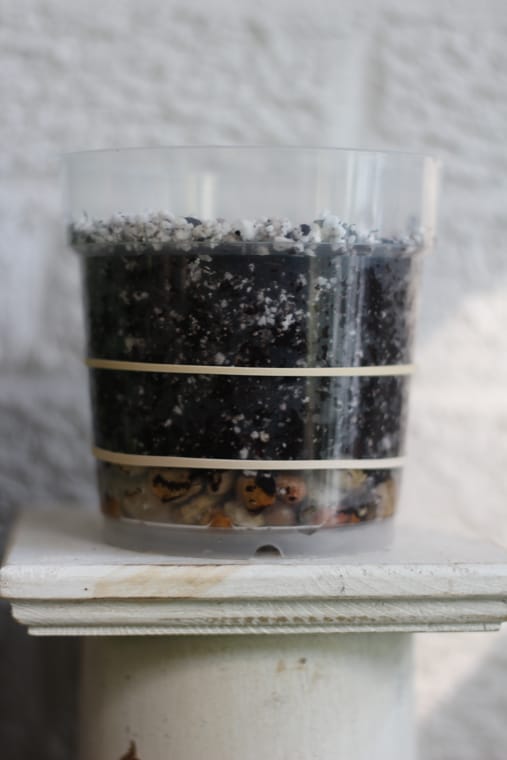Beautiful Plants For Your Interior

In the intricate world of plant care, two crucial factors often overlooked by enthusiasts are drainage material and the perched water table. These elements play a pivotal role in shaping your plant’s well-being. In this article, we’ll unravel the intricate dance between drainage material and the perched water table, shedding light on their effects on your plant’s health.
Understanding Drainage Material and the Perched Water Table:
1. Drainage Material:
- Purpose: Drainage material, typically placed at the bottom of a plant container, helps facilitate the flow of excess water out of the soil, preventing waterlogged conditions.
- Material Choices: Common drainage materials include gravel, pebbles, broken pottery shards, or specialized potting mixes designed for improved drainage.
2. Perched Water Table:
- Definition: The perched water table is an elevated zone of water within the soil, typically caused by poor drainage or impermeable layers. It sits above the natural water table.
- Effects: When excess water cannot drain freely through the soil, it accumulates above the perched water table. This can lead to root rot and other moisture-related problems.
How Drainage Material Influences Your Plant:
- Improved Drainage: Properly chosen and placed drainage material at the bottom of a pot enhances the drainage capacity of the soil. This prevents the perched water table from forming and reduces the risk of overwatering and root rot.
- Aeration: Drainage material allows air to circulate more freely in the root zone, providing essential oxygen to the roots and promoting healthier growth.
How the Perched Water Table Affects Your Plant:
- Root Health: When excess water accumulates above the perched water table, it saturates the soil and deprives the roots of oxygen. This can lead to root suffocation and decay.
- Nutrient Uptake: Soil above the perched water table becomes less efficient at delivering nutrients to the roots, as waterlogged conditions impede nutrient absorption.
- Stagnation: In a soil with a high perched water table, water may stagnate near the root zone, increasing the risk of fungal diseases and attracting pests.
Achieving the Right Balance:
- Proper Drainage: Using appropriate drainage material, coupled with well-draining soil mixes, ensures that excess water can escape freely, minimizing the risk of a perched water table.
- Watering Technique: Practice mindful watering by allowing the soil to partially dry between waterings. This helps maintain a healthy balance of moisture in the root zone.
Conclusion: Balancing Act for Healthy Plants:
The relationship between drainage material and the perched water table is a delicate dance that directly impacts your plant’s health. By selecting the right drainage material and employing proper watering techniques, you can strike the perfect balance, ensuring your plants thrive in a well-aerated, well-draining environment. Understanding this intricate interplay is key to fostering healthier and happier plants in your care.